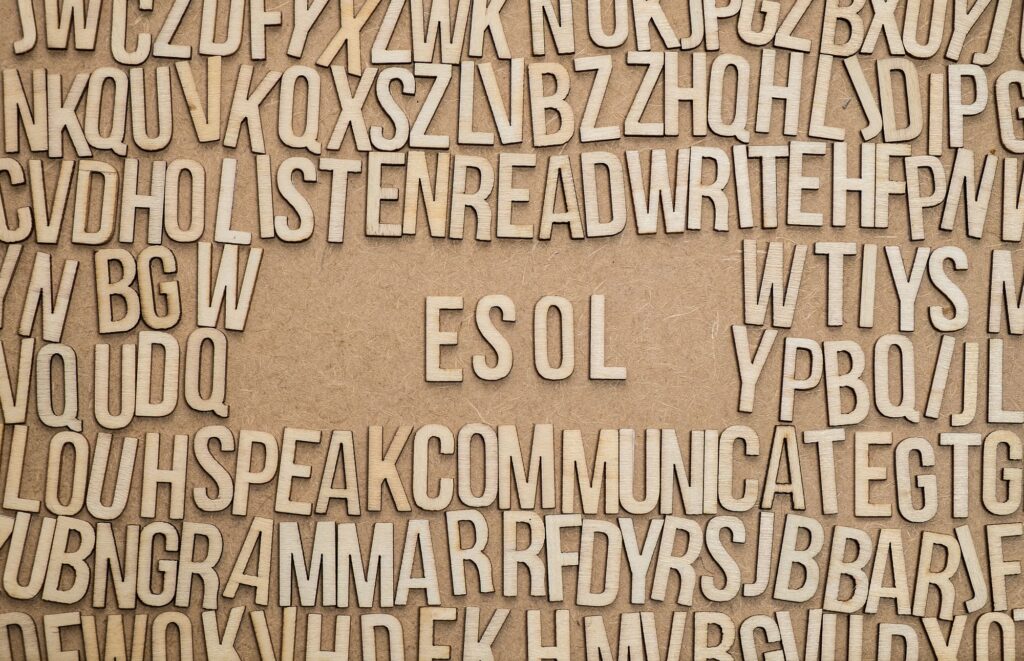What Is ESOL Education?
ESOL stands for English for Speakers of Other Languages. ESOL education is for those students who are identified as English language learners (ELLs) or English learners (ELs). These are students who enter the U.S. school system and indicate on enrollment forms that a language other than English is spoken at home. When this is stated, ESL teachers will screen these students to see if they qualify for ESOL services. If they do, they will be identified as an ELL and placed in the ESOL program.
There are several different types of ESOL programs across the country. There is no federal mandate as to what type of program a school district needs to have. Furthermore, states leave it up to individual school districts to choose the type of program that best fits their needs or staffing levels. Four typical program models are: English immersion; push-in, pull-out; sheltered immersion; dual Language/bilingual.
The English immersion program model separates ELLs from their native English-speaking peers. They learn all content areas and language with other ELLs. The Push-In, Pull-Out model is the most common programming for ESOL education. ELLs attend content classes with their English-speaking peers and then are pulled out of the classroom by the ESL instructor to receive English language instruction.
Sheltered immersion programs provide the same content that English-speaking students are receiving yet at a language level appropriate to the ELLs proficiency. Finally, bilingual/dual language programs have goals to create bilingual students. Half of the day is taught in one language while the other half is taught in English.
All students identified as ELLs benefit from ESOL education. Newcomers will have the time to learn survival English to communicate their needs in and outside of school, while ELLs with higher proficiency levels will be learning the academic and social language to succeed in school. Additionally, SLIFE (students with limited or interrupted formal education) ELLs gain the knowledge that they need to fill in any gaps in their education.
The Benefits of ESOL Education
The goal of ESOL education is to teach students English in the domains of listening, reading, writing, and speaking. Students need these skills in order to communicate with their peers and teachers and to succeed in school. ESOL education allows ELLs to learn academic language that general education teachers use throughout their instruction yet may never stop to explain what the terms fully mean. ESOL education helps break down the barriers that exist between ELLs and their other teachers.
ESOL education also promotes social and economic inclusion. ESL teachers can present to the school staff about the backgrounds of the ELLs in their schools. They can provide training on how to adapt curriculum for the various language proficiency levels of ELLs. ESOL education helps not only the ELLS in the school building but also the school as a whole.
Breaking down the walls between cultures and creating a welcoming environment will encourage ELLs to become part of the school. ELLs will want to share their cultural experiences with their classmates and teachers and make connections to what they are learning. By becoming active members in their school communities, ELLs will learn the language and find academic success
The Importance of ESOL Education in the 21st Century
ESOL education is more important than ever right now. It is predicted that one in four students enrolled in the United States by the year 2025 will be identified as and English language learner. School districts, administrators, teachers, and staff need to be ready to welcome these students and understand the unique and complex needs that they have.
Twenty-five percent of students will require specialized instruction to meet their language needs. These students are learning both content and the language of instruction at the same time; this is a challenging task. ESOL education prepares all for a globalized future. Educators should value the cultural experiences that ELLs bring into their classrooms every day.
Teachers have to take the time to learn about the countries and cultures that their ELLs are coming from. Then, educators can make connections with their curriculum to the ELLs’ cultures. American-born students will become global citizens by understanding that there are many different ways to exist in the world and that the main goal is to appreciate and learn from one another
Have a passion for ESOL education and would like to advance your career? Check out our dual language graduate programs and get started today!




